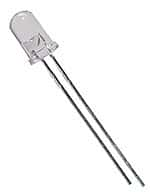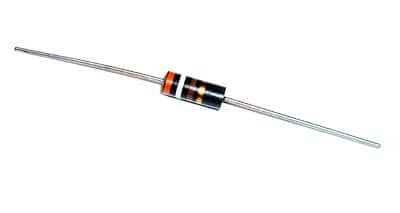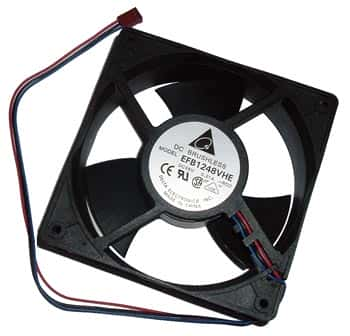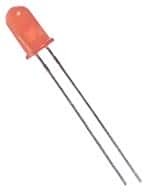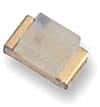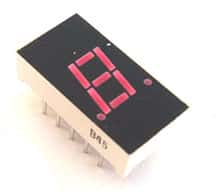Yesterday, IKEA announced it had flipped the switch on newly installed dual rooftop solar units at its Tempe, Arizona store. The new system is one of the largest solar systems in the Phoenix area and the third such solar energy system for the Swedish home furnishings retailer; they have similar units already in place in Brooklyn, NY and Pittsburgh, PA.
The 300 kW solar energy system will generate 960,000 kWh of electricity annually from 2600 solar panels. It is the equivalent of reducing at least 760 tons of (C02) – which equals the emissions of 133 cars or powering 84 homes annually.
IKEA has other renewable energy initiatives in place. Already operating is solar water heating in stores in Charlotte, N.C.; Draper, Utah; Orlando, Florida; and Tampa, Florida. In addition, a geothermal system is being installed in a store under construction in Centennial, Colorado.
It was also announced that eight California locations are on deck for solar systems. In all, IKEA will be installing nearly 20,000 solar panels at eight of its California locations. IKEA expects the panels to generate 6.65 million kilowatt hours of electricity annually which is enough to power 580 homes for a year. Pending governmental approval, it will begin installing the renewable energy systems later this fall at existing stores in East Palo Alto, Emeryville, West Sacramento, Burbank, Costa Mesa, Covina and San Diego along with its large distribution center in Tejon.

